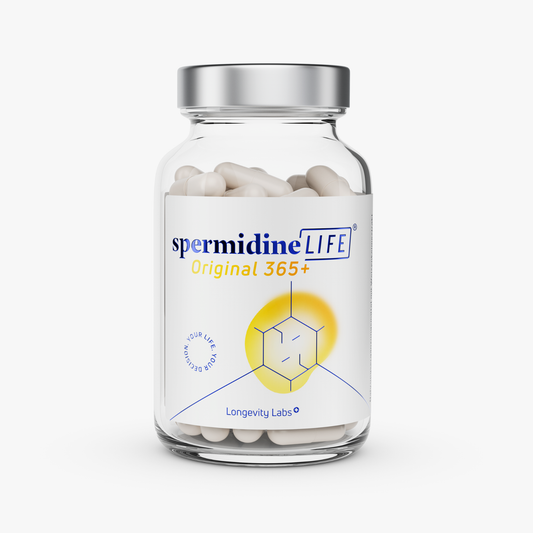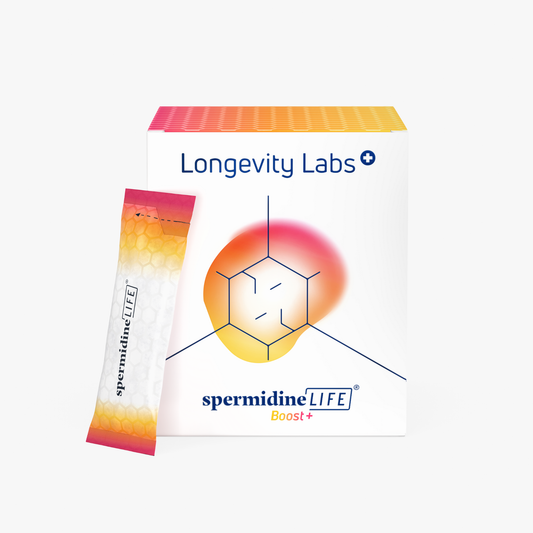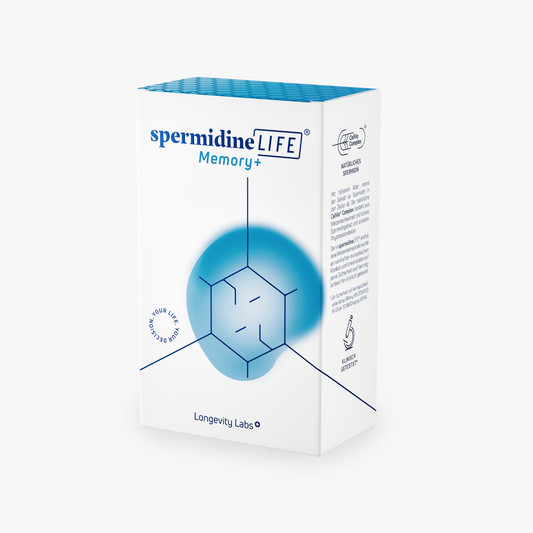
How your skin cells protect you from sun damage
Cell Diary, TLL LongevityLabsDear Diary,
In my human's world, it is summer right now. This means that the days are longer, the temperatures are higher, and the sun's rays are stronger than usual.
Summer is very stressful for us cells - especially when it is as hot as today. For example, we have to make sure that our humans bodies does not overheat too much. Or that our valuable genetic material is protected from damage by the sun.
Today I visited my friend Dermis-Danny. Danny is a skin cell in our humans body and his main job is to protect the body from the ultraviolet (UV) radiation emitted by the sun. These rays can be dangerous if the person is exposed to them for too long.
Danny says there are two main types of UV rays: UVA and UVB. UVB rays can damage the top layer of skin and cause sunburn. UVA rays penetrate deeper and can make people's skin look older and even lead to skin cancer.
So, to protect the body, Danny and his cell neighbors produce a pigment called melanin. Melanin is like a natural sunshade. When our human skin turns brown in the summer, it's because Danny and his friends produce more melanin.
But sometimes that's not enough, especially when people are in the sun for too long. That's when the evil UVA rays penetrate the body and wreak havoc. We have a repair mechanism to fix the damage, but we can't fix everything, especially when the skin is constantly exposed to too much sun. This can lead to permanent damage and even skin cancer.
That's why it's so important that our human protects us. For example, by applying sunscreen with a high sun protection factor, wearing protective clothing and staying in shady places.
We cells do our best, but we cannot fend off the sun all by ourselves.
Stay cell fresh,
Zellis






